Italian broccoli, or broccolini, is a unique and flavorful vegetable hybrid of broccoli and Chinese kale. It has a long, thin stem with small florets at the top, making it a versatile ingredient in many dishes.
This vegetable has become increasingly popular due to its distinctive taste and nutritional benefits. Broccoli packs with vitamins and minerals such as vitamins C, K, and potassium, making it a great addition to any healthy diet.
It is also low in calories and fiber, making it a great choice for those looking to maintain a healthy weight. Whether sautéed, roasted, or steamed, broccoli is a delicious and healthy addition to any meal. Its unique flavor and texture make it a great choice for those looking to try something new in the kitchen.
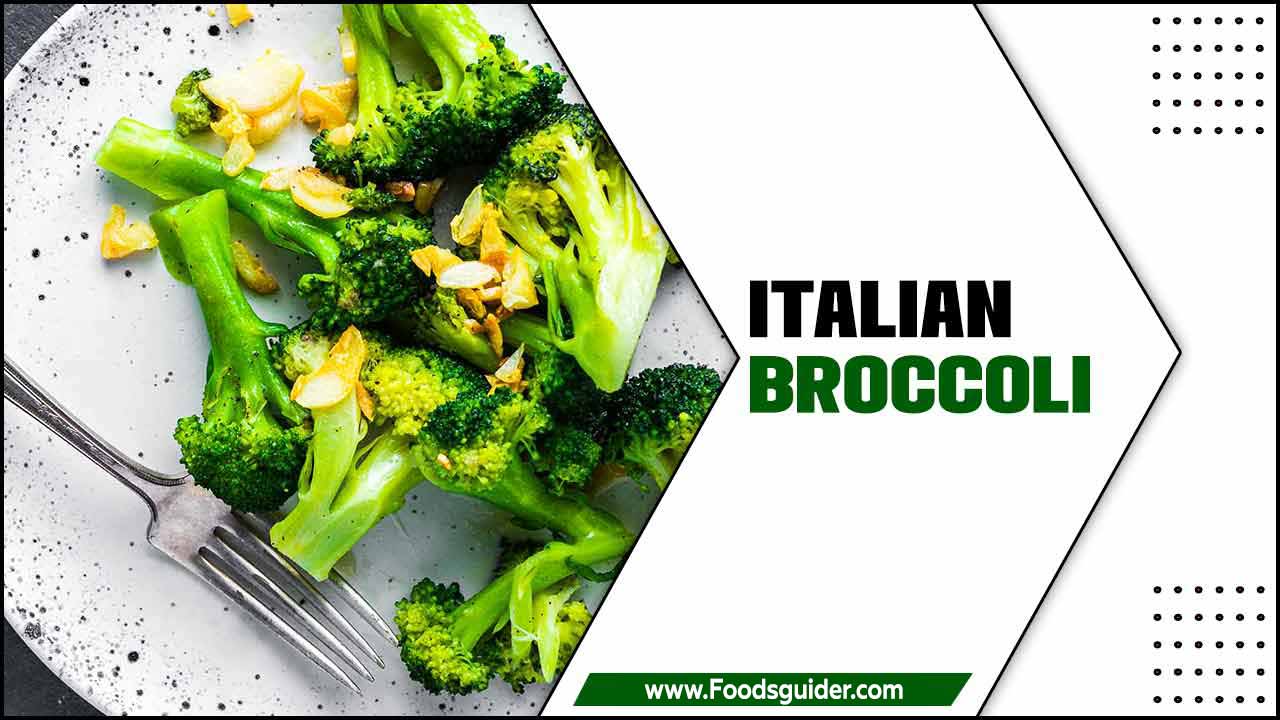
History Of Broccoli In Italy
Broccoli, a member of the cabbage family, has been a staple in Italian cuisine for centuries. Although it originated in the eastern Mediterranean and Asia Minor, broccoli has been cultivated in Italy since the Roman Empire. Broccoli was first introduced to Italy by the Etruscans, an ancient civilization that occupied what is now Tuscany. The Etruscans brought broccoli to Italy around 600 BC, and it quickly became popular throughout the country.
Over the centuries, broccoli has been handy in various Italian dishes, including pasta dishes, soups, stews, and salads. It is a versatile vegetable that can prepare in various ways, making it a popular ingredient in many Italian recipes.
Today, Italy is one of the largest producers of broccoli in the world. The vegetable is grown throughout the country but is particularly popular in the southern regions of Campania, Puglia, and Calabria. Broccoli is also an important export for Italy, with much of the country’s crop being shipped to other countries in Europe and beyond.
Varieties Of Broccoli Grown In Italy

Italy is popular for cultivating a variety of broccoli that is highly regarded for its delicious flavor and unique texture. One of the most popular broccoli grown in Italy is known as “Romanesco broccoli,” characterized by its striking appearance. This variety has a bright green color and a unique spiral shape, with pointed, cone-shaped florets that form a fractal pattern.
Another variety of broccoli commonly grown in Italy is “Calabrese broccoli.” This type of broccoli has a deep green color and a dense, compact head. It is popular for its slightly bitter flavor and is often handy in Italian cuisine, particularly in pasta dishes and soups.
Other varieties of broccoli grown in Italy include “Sicilian cauliflower,” which has a similar taste and texture to broccoli, and “Friarielli,” which is a type of broccoli rabe that is commonly used in Neapolitan cuisine. In addition to their delicious taste and unique texture, these varieties of broccoli are also highly nutritious. They are rich in vitamins and minerals, including vitamins C, K, and fiber.
How To Cook Italian Broccoli
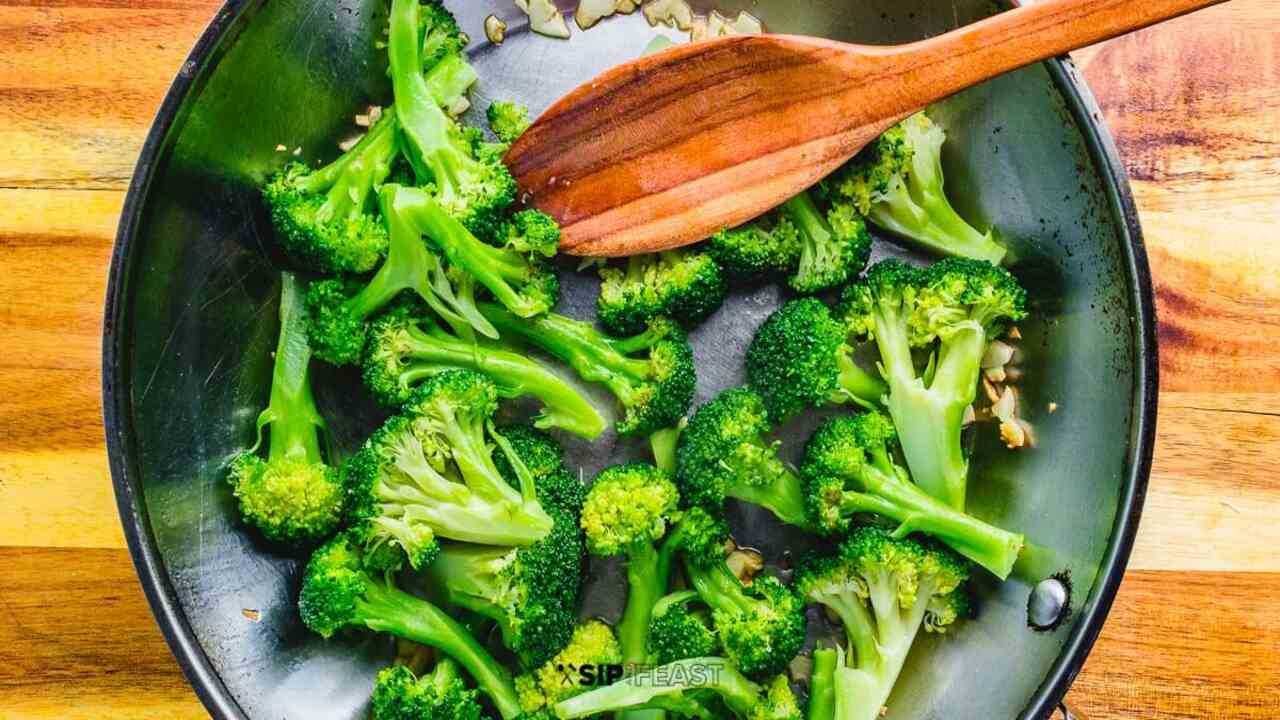
Broccoli is a popular vegetable worldwide, but broccoli, also known as broccoli rabe or rapini, has a unique flavor that sets it apart from regular broccoli. broccoli is a green leafy vegetable that is a member of the brassica family, which includes Brussels sprouts, cauliflower, and kale. Broccoli is more bitter and nutty than regular broccoli and has a slightly tougher texture.
It’s commonly used in Italian cuisine, where it’s sautéed with garlic and olive oil and served as a side dish or added to pasta dishes. Broccoli is also a great source of vitamins A, C, and K, iron, and calcium. While broccoli may not be as popular as regular, it’s still a beloved vegetable among those who appreciate its unique flavor and nutritional benefits. Here are explained with details about Italian broccoli.
Choose Fresh Broccoli
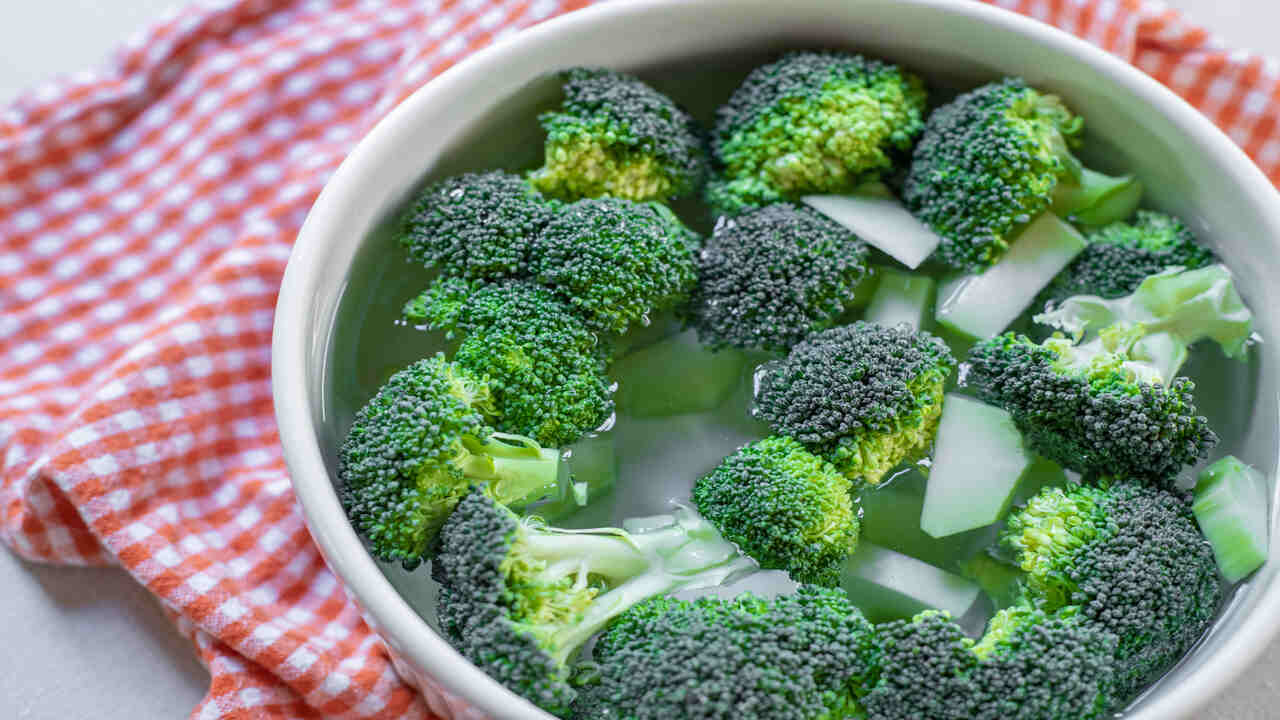
Fresh broccoli is the key to a delicious broccoli dish. When selecting broccoli, look for firm heads with vibrant green color and tightly closed florets. Avoid any that look wilted or have yellowing florets, as they may not be as flavorful or nutritious. Opting for fresh broccoli ensures you get the best taste and texture when cooking. Remember to handle it carefully and store it properly until you’re ready to prepare the recipe to preserve its freshness and nutritional value.
Blanch The Broccoli
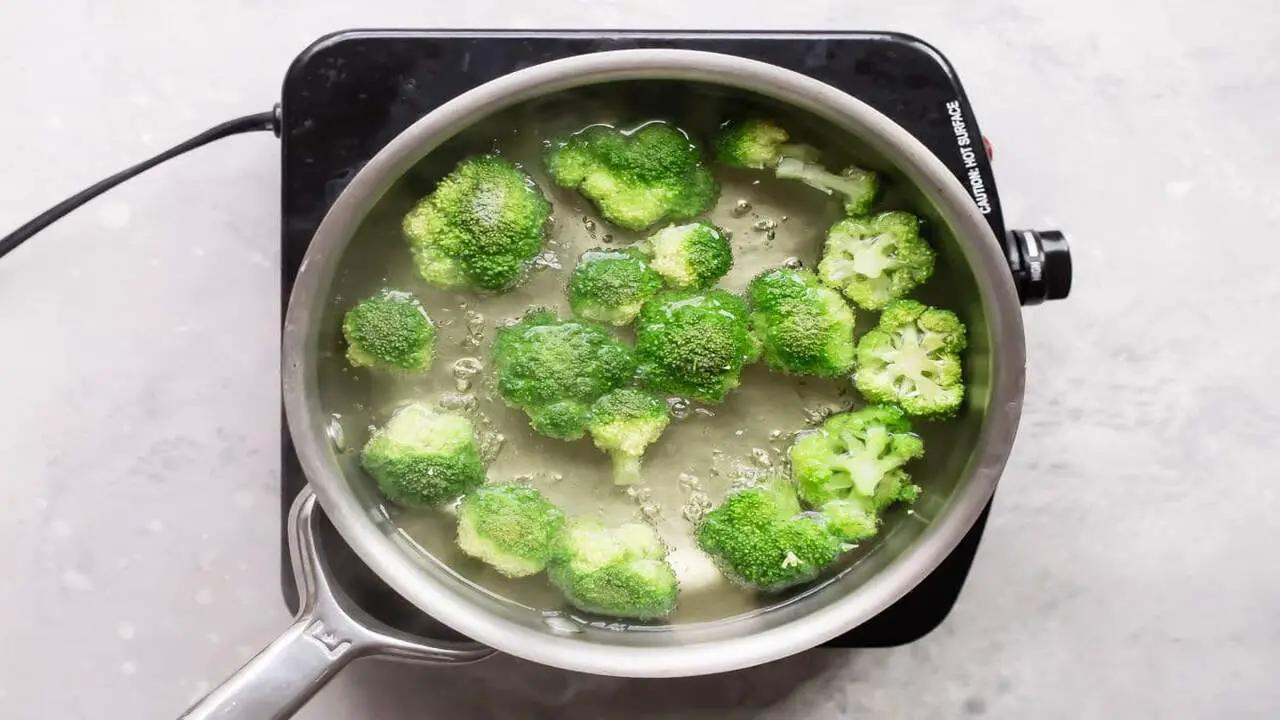
Blanching broccoli is a crucial step in preparing it for the broccoli recipe. Once you’ve chosen fresh broccoli, blanching helps retain its bright green color and slightly tender texture. To blanch, simply boil a pot of salted water and cook the broccoli for 2-3 minutes.
The brief boiling time softens the broccoli slightly, making it easier to sauté later. After blanching, transfer the broccoli to a bowl of ice water immediately to stop cooking. This method preserves the crispness and locks in the nutrients, ensuring a flavorful and nutritious final dish.
Shock The Broccoli
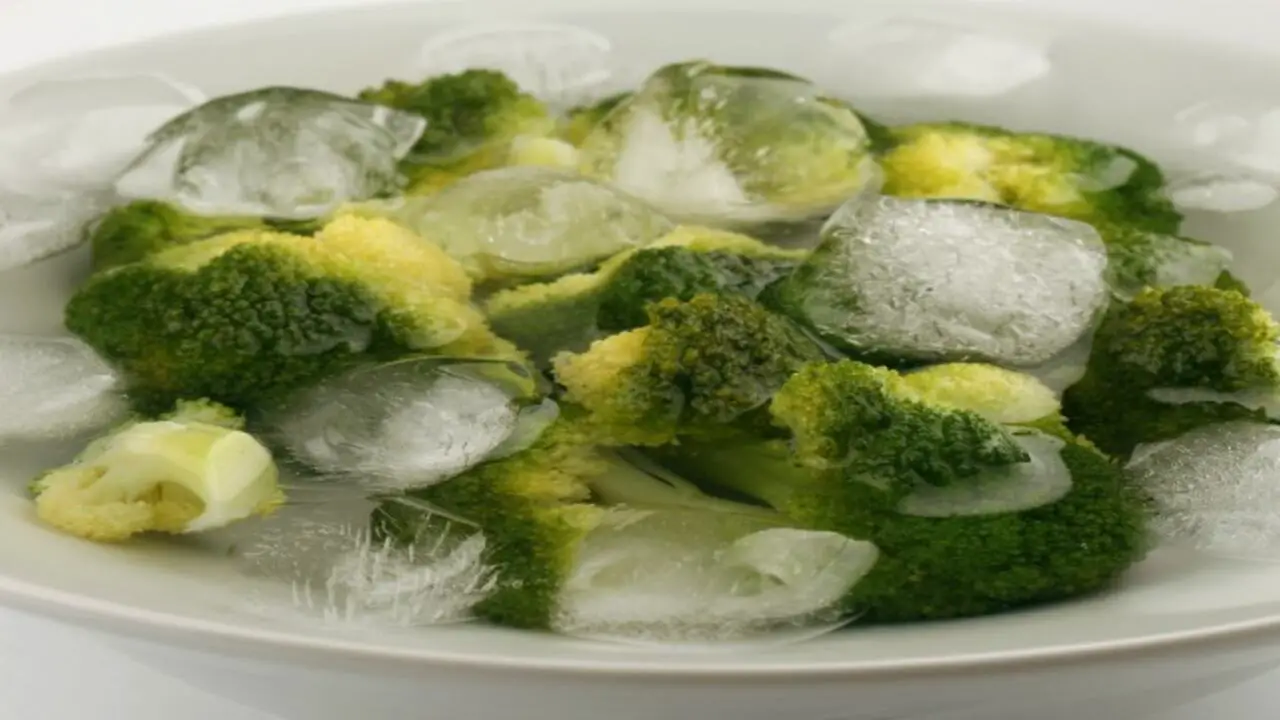
Shocking broccoli is crucial to maintaining its vibrant color and texture after blanching. As soon as the broccoli is boiled for 2-3 minutes, transfer it to a bowl filled with ice water. The rapid temperature change halts the cooking process and preserves the broccoli’s crispness.
Shocking the broccoli helps it retain its appealing appearance and stops the breakdown of nutrients due to prolonged heat exposure. This ensures that the broccoli dish looks appetizing and packs a nutritional punch.
Sauté Garlic In Olive Oil
To infuse the broccoli with delicious flavors, sautéed garlic in olive oil is the perfect base. Heat olive oil in a skillet over medium heat and add minced garlic. The garlic releases its aroma and flavors into the oil, creating a fragrant and tasty foundation for the dish. Be cautious not to burn the garlic, as it can turn bitter.
The combination of garlic and olive oil provides a savory richness that complements the natural taste of the blanched broccoli, elevating the overall dish to a delightful and aromatic experience.
Add Red Pepper Flakes
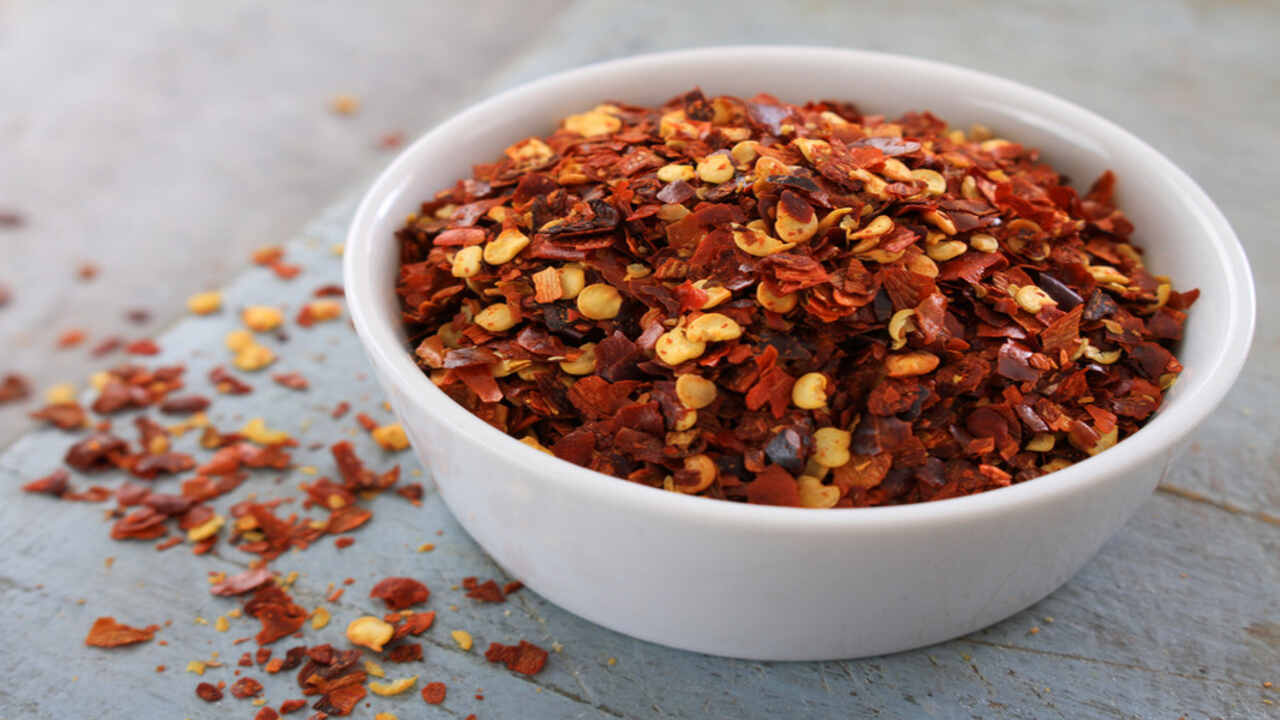
Adding red pepper flakes to the broccoli recipe is a game-changer for a subtle kick of heat and added depth of flavor. The mild spiciness of red pepper flakes harmonizes with the other ingredients and enhances the taste profile.
The amount of red pepper flakes can be adjusted to suit individual preferences, allowing you to customize the dish to your desired heat level. This addition adds an exciting dimension to the broccoli, making it a delicious and memorable dish that will leave your taste buds tingling.
Add The Broccoli

After blanching, shocking, and sautéing the garlic and red pepper flakes, it’s time to introduce the star ingredient – the blanched broccoli. Add the drained broccoli to the skillet and toss it with garlic and red pepper-infused olive oil.
The broccoli absorbs the flavors and aromas from the oil and spices, creating a harmonious fusion of tastes. As the broccoli mingles with the other components in the skillet, it soaks up the delightful flavors, ensuring that every bite is delicious.
Cook Until Tender
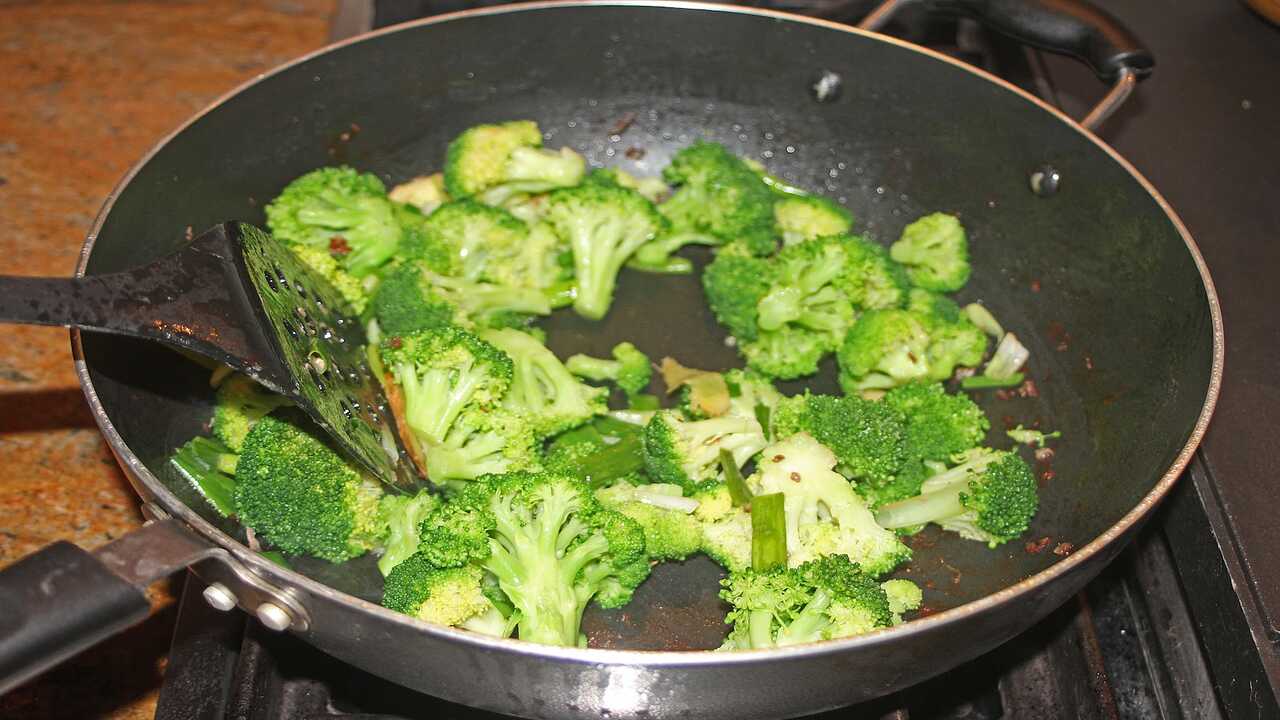
To achieve the perfect texture, cook the broccoli in the skillet until it reaches the desired tenderness. Stir the broccoli occasionally to ensure even cooking and to prevent sticking or burning. Be mindful not to overcook the broccoli, as it can become mushy and lose its vibrant color.
The goal is to strike a balance where the broccoli is tender but retains a slight crunch. Properly cooked broccoli boasts a satisfying texture that complements the flavorful seasonings and enhances the overall enjoyment of the dish.
Nutritional Value Of Broccoli
broccoli, also known as Calabrese broccoli, offers an impressive array of nutrients that contribute to a healthy diet. This cruciferous vegetable is an excellent source of vitamin C, which supports the immune system and promotes skin health. Additionally, it provides a good amount of vitamin K, essential for blood clotting and bone health.
Broccoli is rich in dietary fiber, aiding digestion and promoting gut health. It also contains valuable antioxidants, such as beta-carotene and lutein, which combat free radicals and reduce the risk of chronic diseases. Adding broccoli to your meals is a delicious way to boost your overall health and well-being.
Health Benefits Of Eating Broccoli
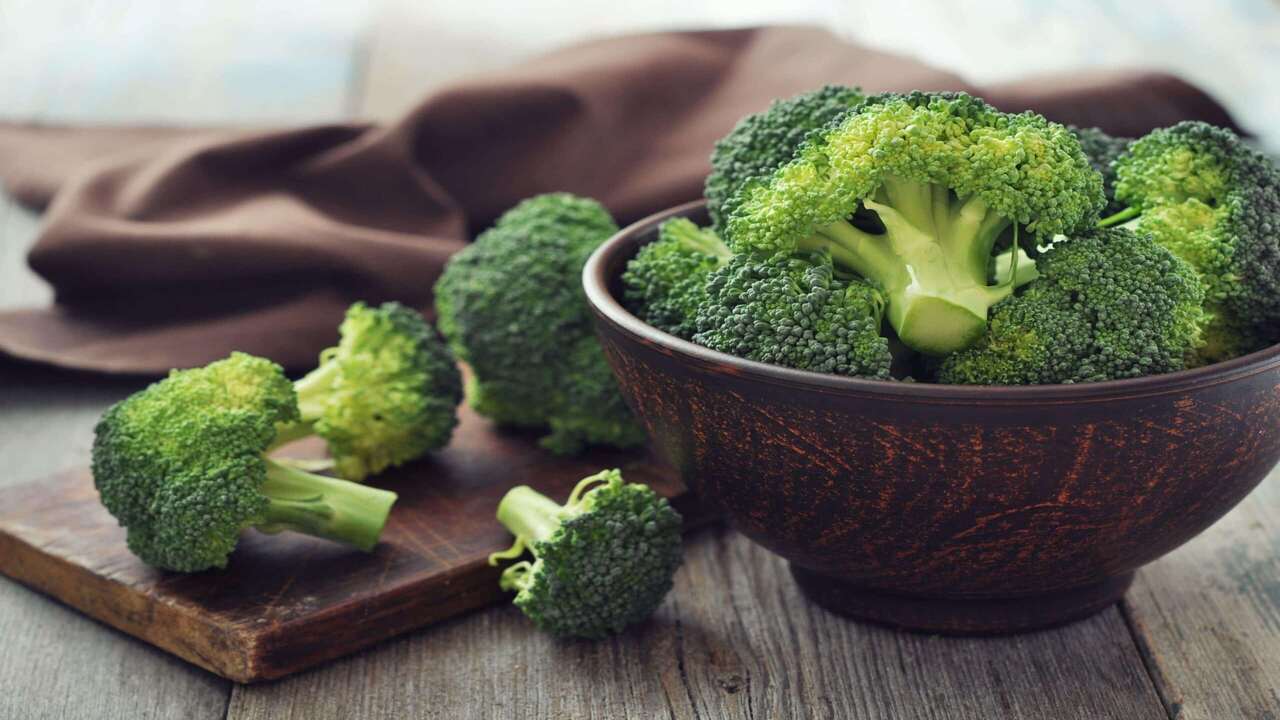
Incorporating broccoli into your diet offers an array of health benefits. This nutrient-packed vegetable supports immune function, helping your body fight infections and illnesses. Broccoli’s high fiber content aids digestion and promotes a healthy gut, reducing the risk of digestive issues.
Antioxidants in broccoli, such as sulforaphane and quercetin, helps combat oxidative stress and inflammation, protecting your cells from damage and reducing the risk of chronic diseases. Moreover, regular broccoli consumption may contribute to weight management due to its low calorie and high fiber content. Including broccoli in your meals is a simple and tasty way to proactively approach your health.
Conclusion
Embracing Italian broccoli as a culinary choice promises a journey of delightful flavors and wholesome nutrition. Its distinct qualities, characterized by vibrant green hues and tender florets, offer a unique experience that sets it apart from other broccoli varieties.
Incorporating this exceptional ingredient into various dishes can unlock a world of gastronomic possibilities and elevate the overall dining experience. The richness of broccoli’s taste and its remarkable health benefits open doors to achieving a balanced and nourished lifestyle.
Embracing this gem of Italian cuisine can lead to a successful and rewarding palate exploration, encouraging a renewed appreciation for the art of cooking and savoring wholesome food. Ultimately, including broccoli in one’s culinary repertoire ensures a path toward a gratifying and accomplished gastronomic endeavor.
FAQ’s:
1.Is Broccoli The Same As Regular Broccoli?
Ans: No, broccoli (rapini) is different from regular broccoli. While they both belong to the same Brassica family, broccoli has thinner stems, smaller florets, and a more assertive, bitter flavor than regular broccoli’s milder taste.
2.What Are The Health Benefits Of Broccoli?
Ans: Broccoli is a nutrient-rich vegetable, containing vitamins A, C, and K, as well as minerals like calcium and iron. It is also a good source of fiber and antioxidants, which can support overall health and well-being.
3.Can I Eat Broccoli Raw?
Ans: While broccoli can be eaten raw, it is often preferred to be cooked due to its slightly bitter taste. Cooking helps mellow out the bitterness and enhances the flavor, making it more enjoyable.
4.Where Can I Buy Broccoli?
Ans: Broccoli is commonly available in grocery stores, farmers’ markets, and specialty stores that carry a variety of fresh produce. Look for bunches with vibrant green leaves and firm stems.
5.Can I Freeze Broccoli?
Ans: Yes, you can freeze broccoli. Blanch the broccoli in boiling water for a few minutes, then transfer it to an ice bath to stop cooking. Drain and pack in airtight containers or freezer bags for storage.
